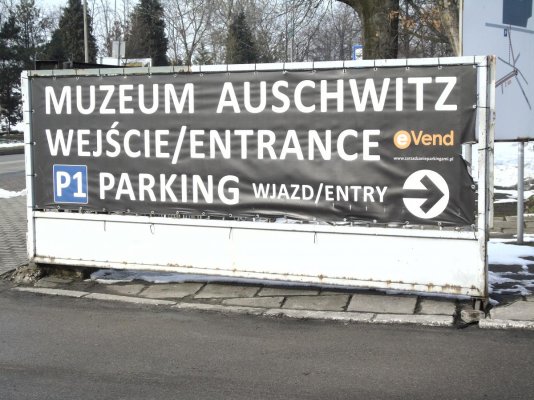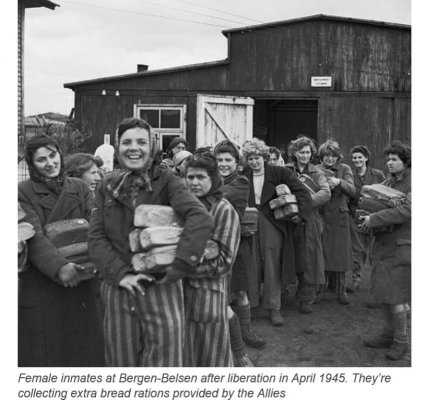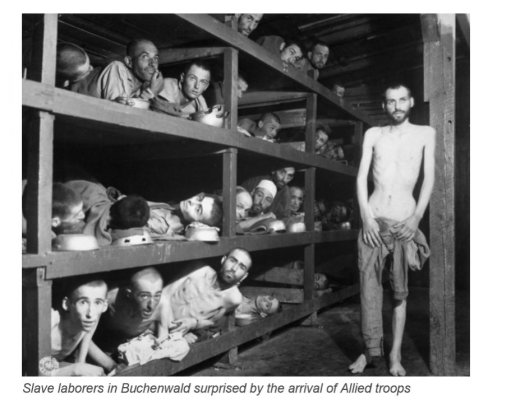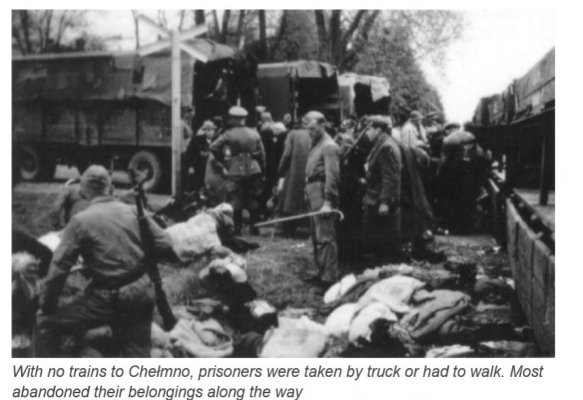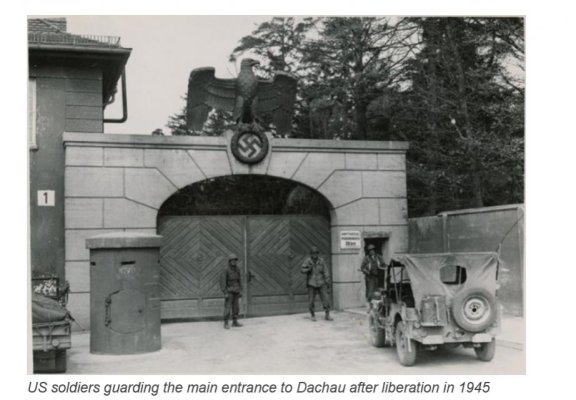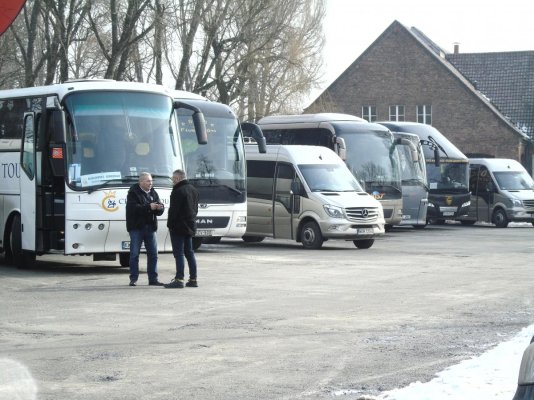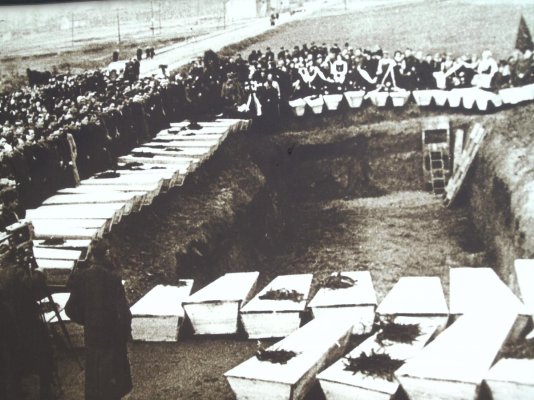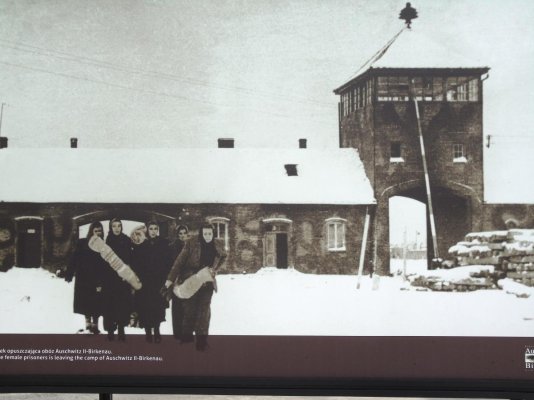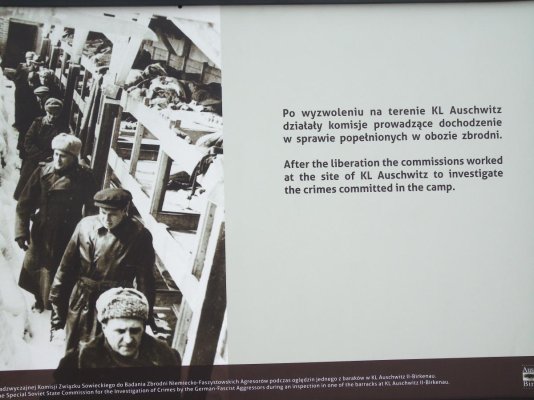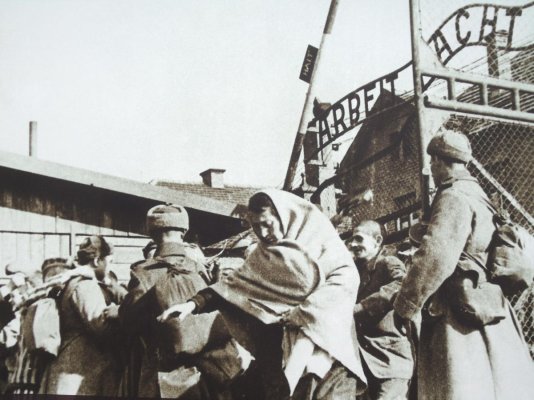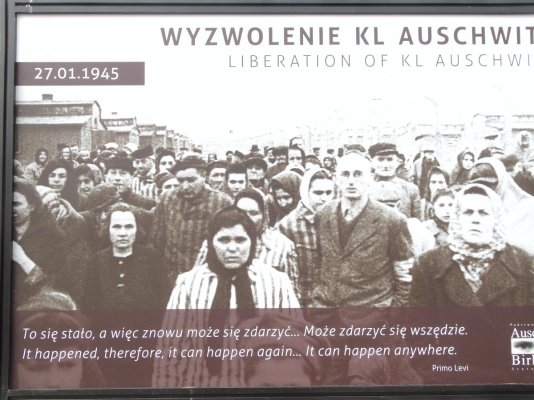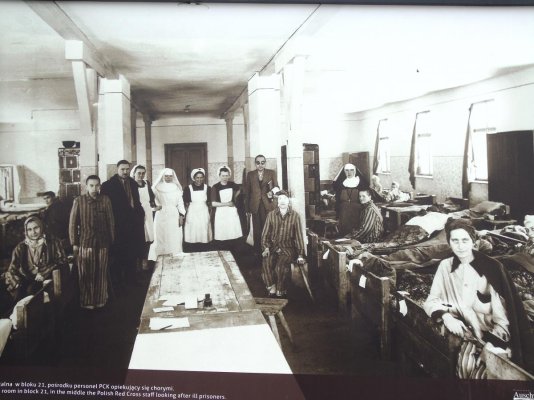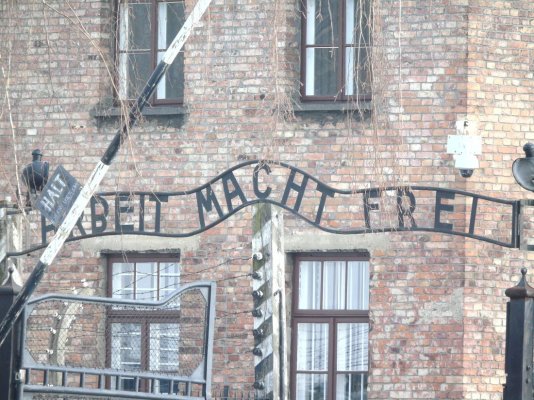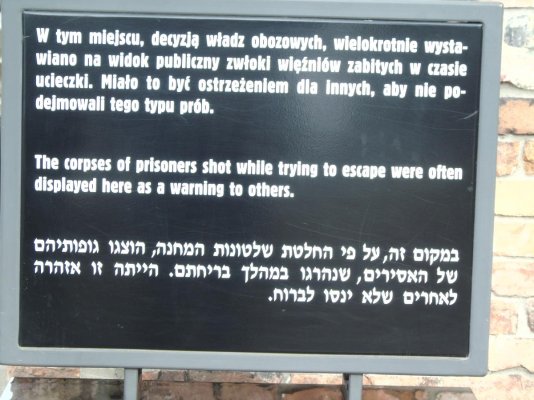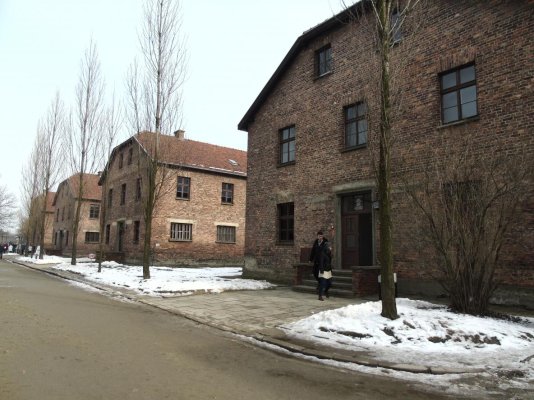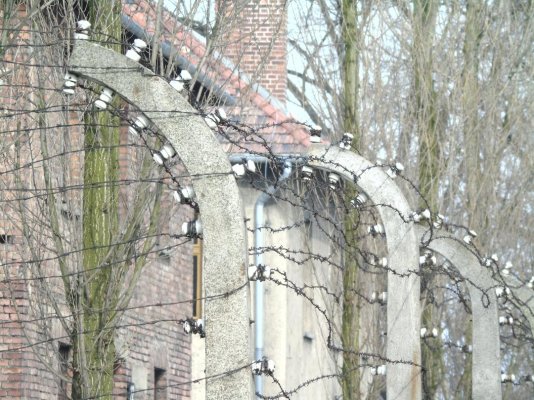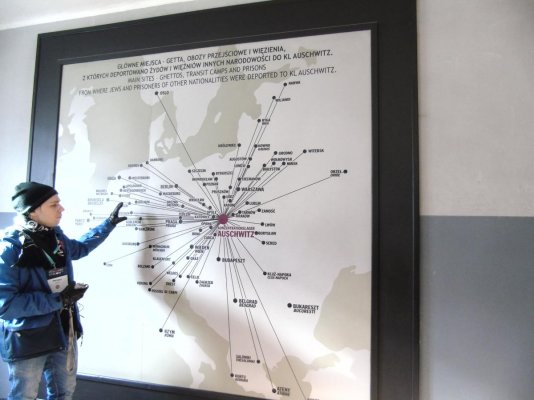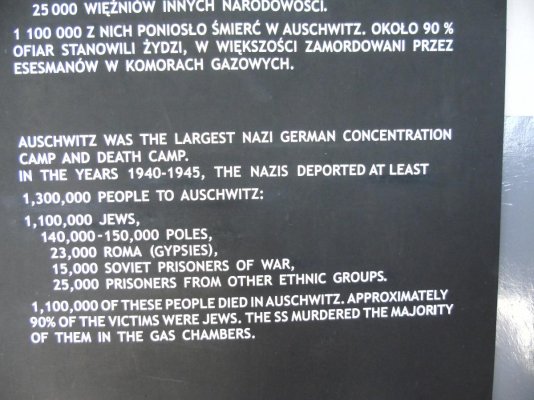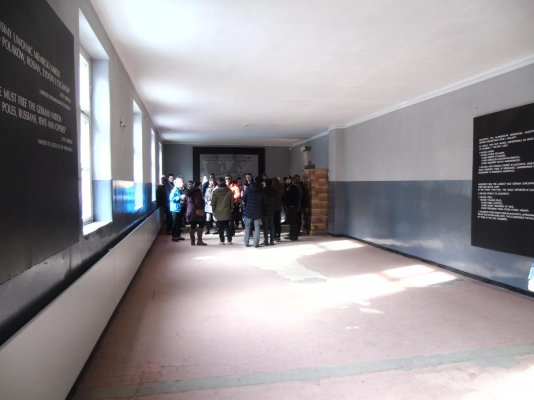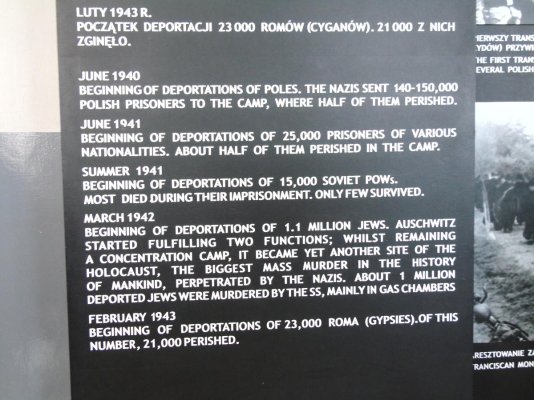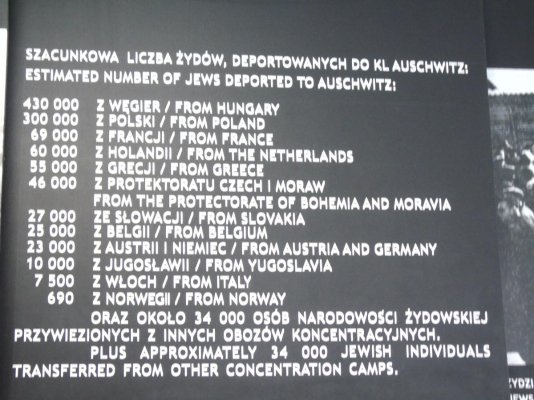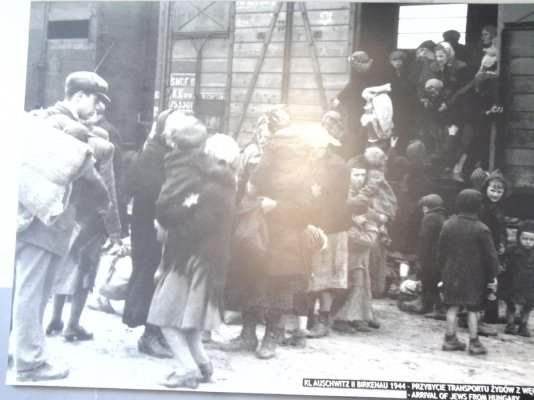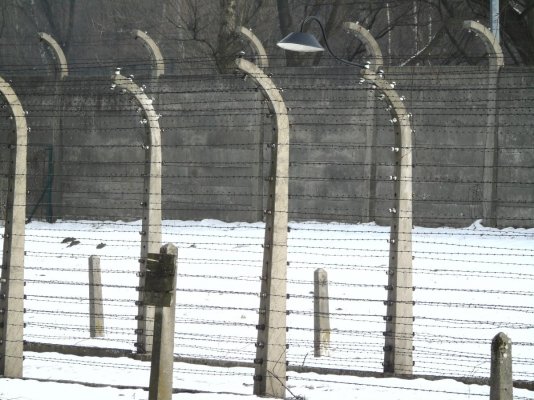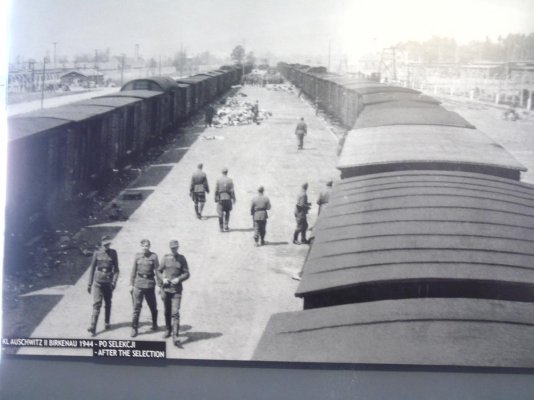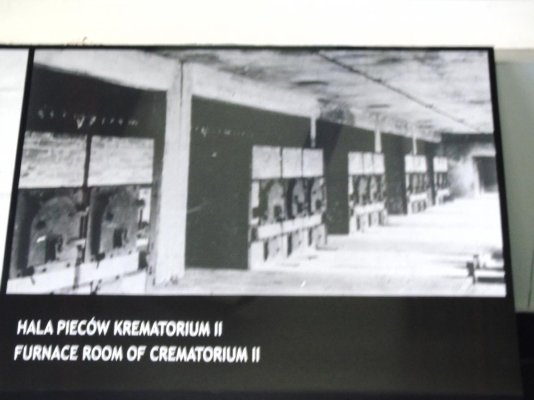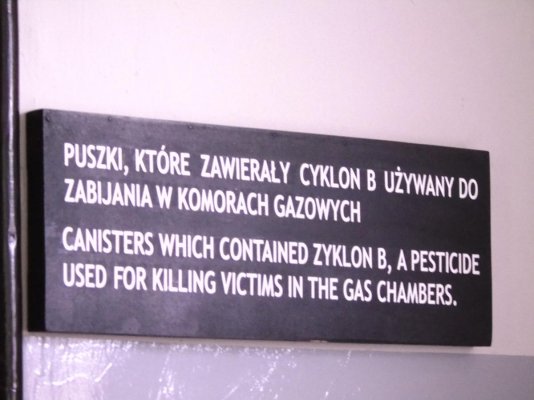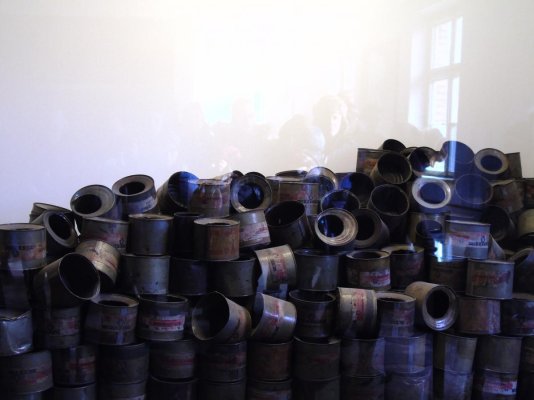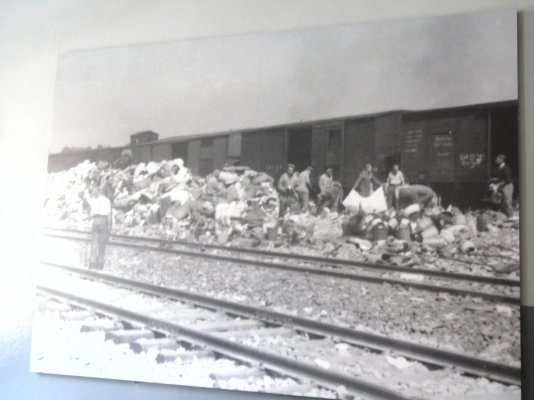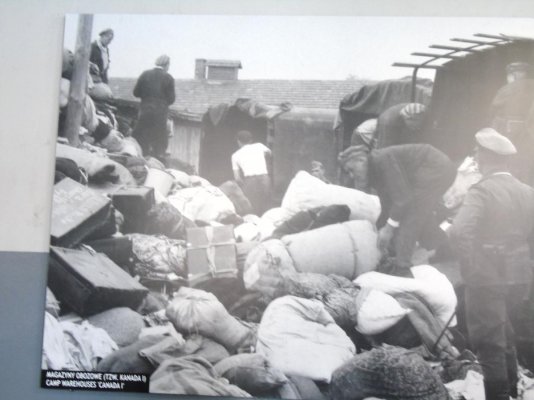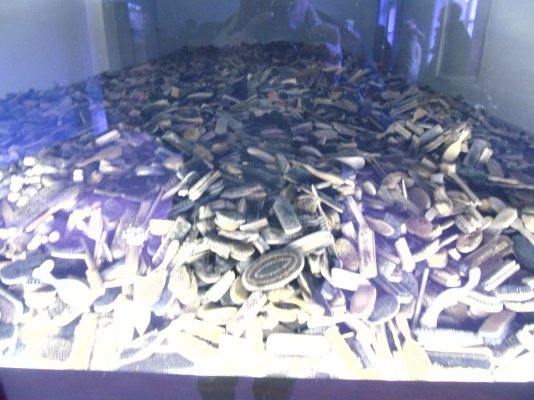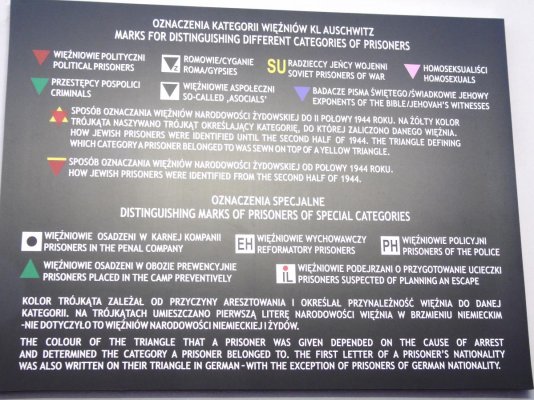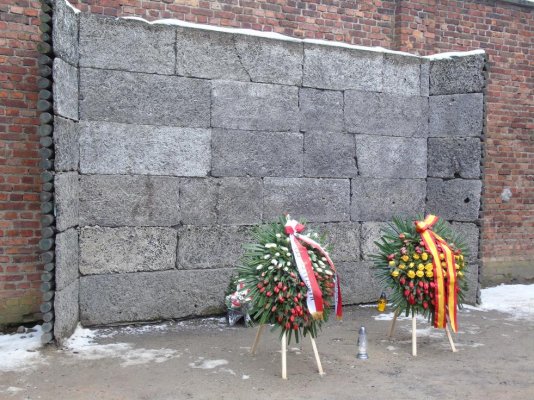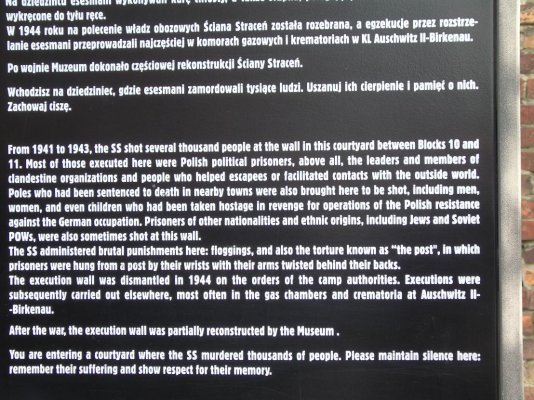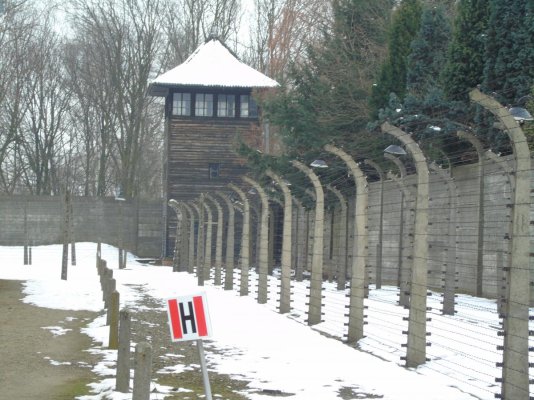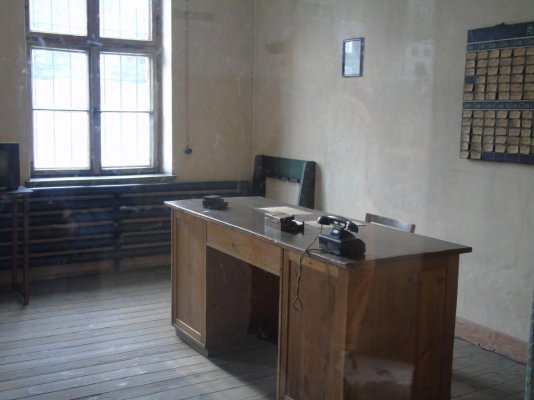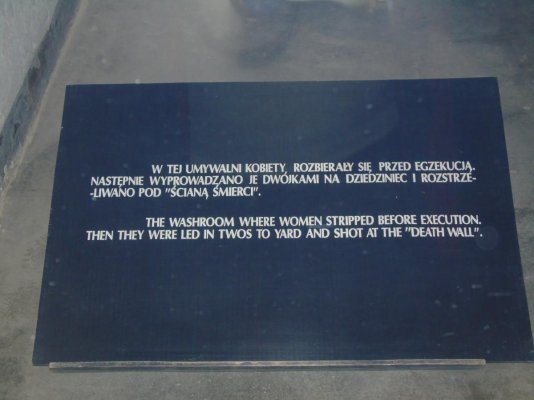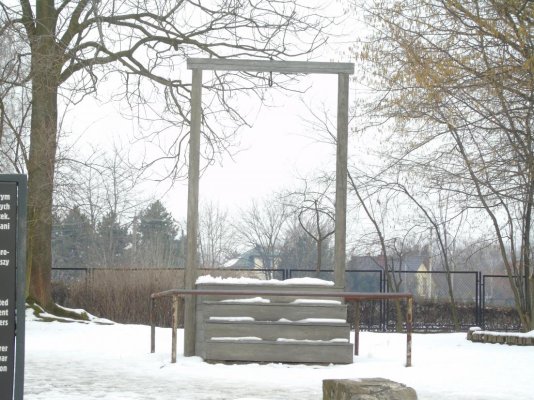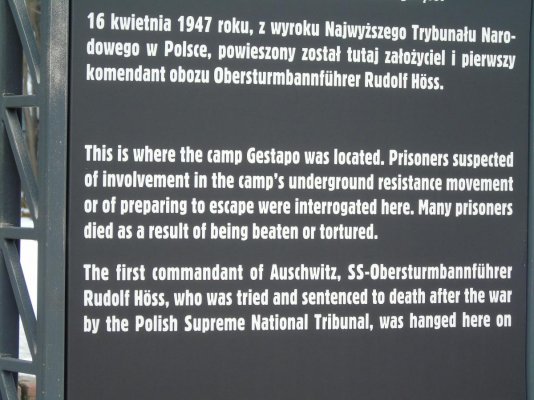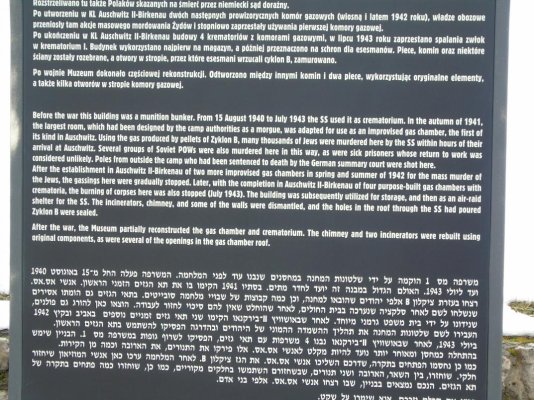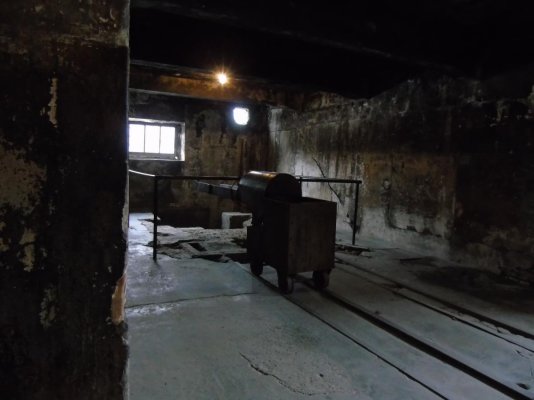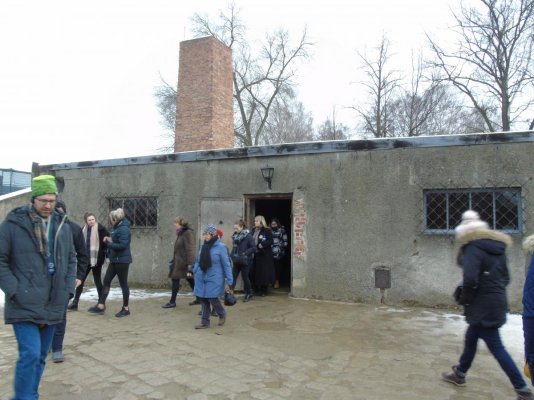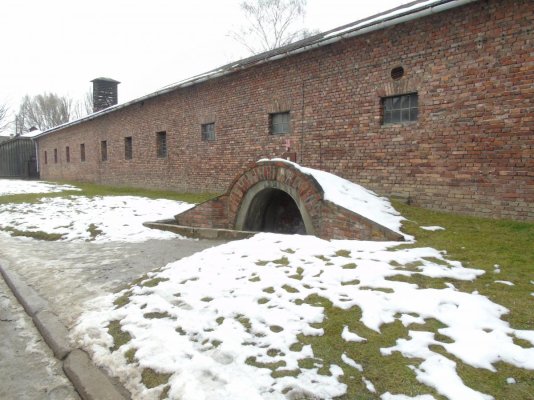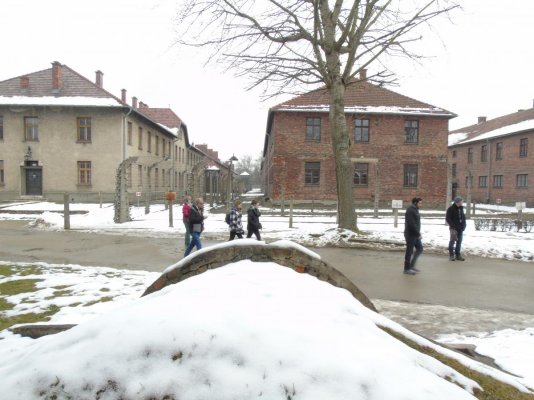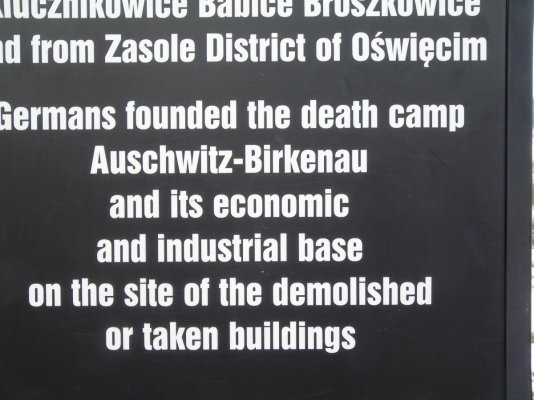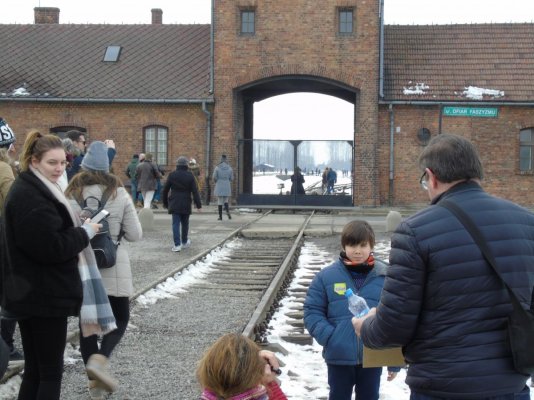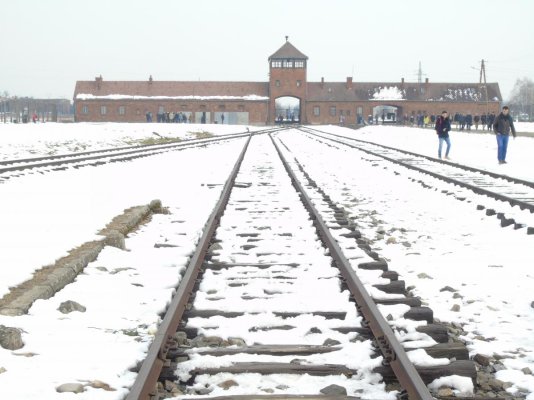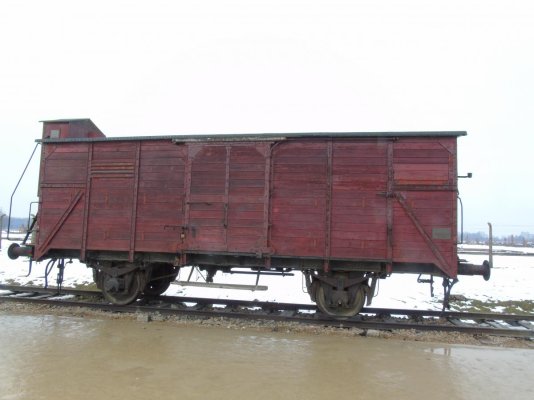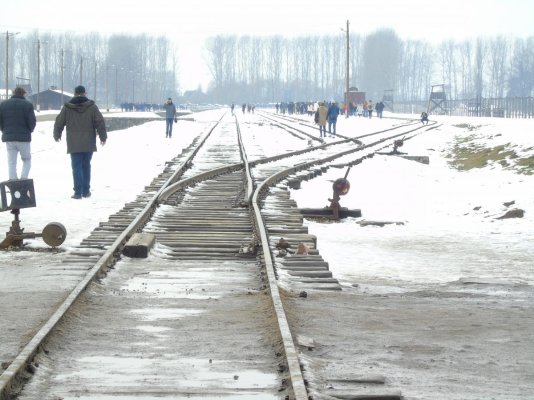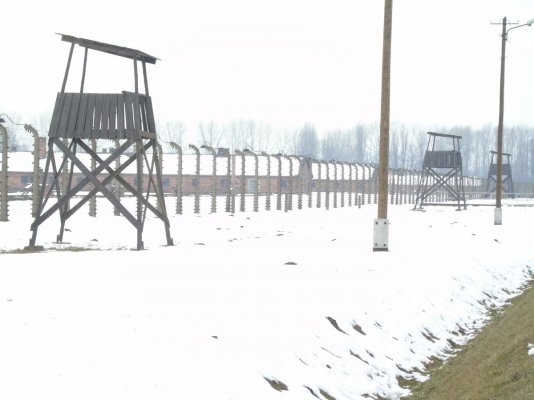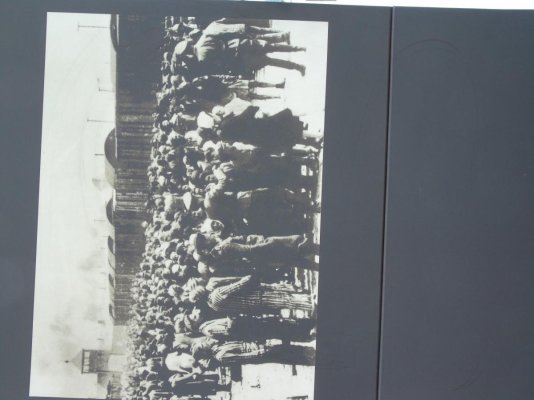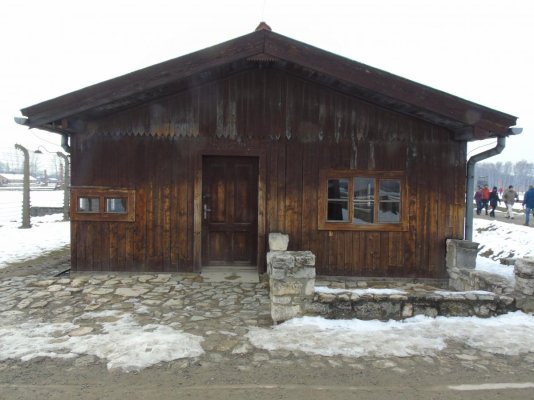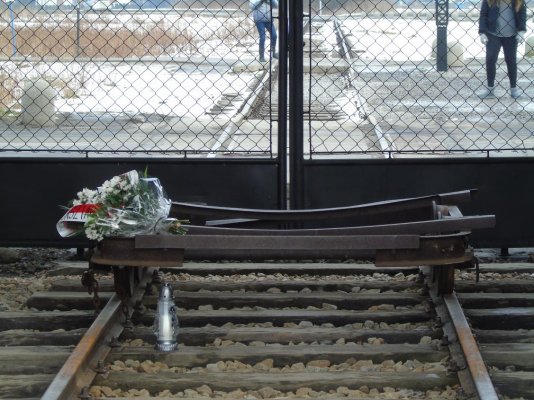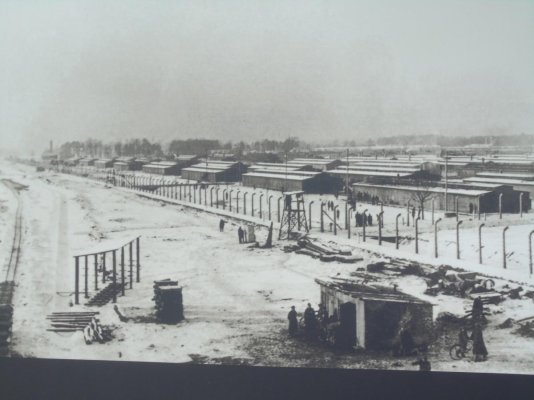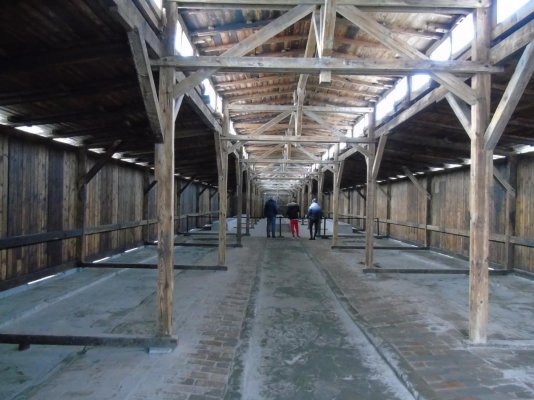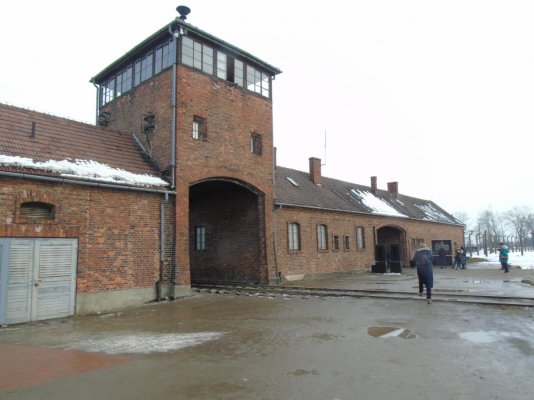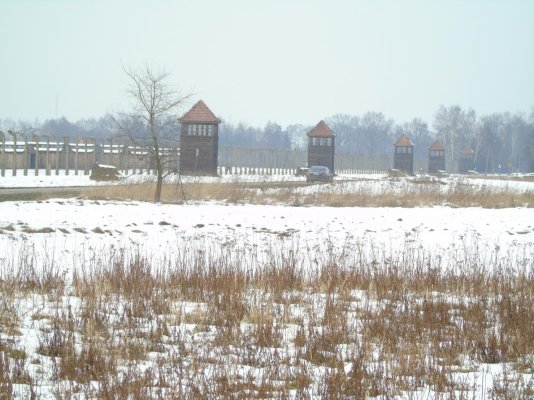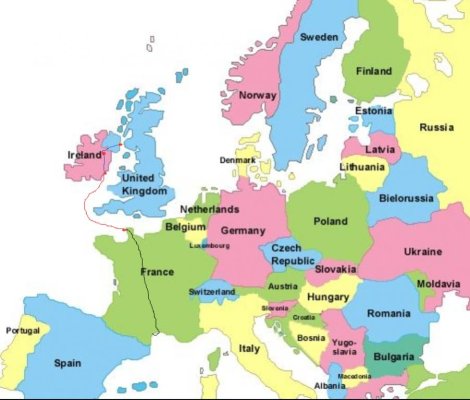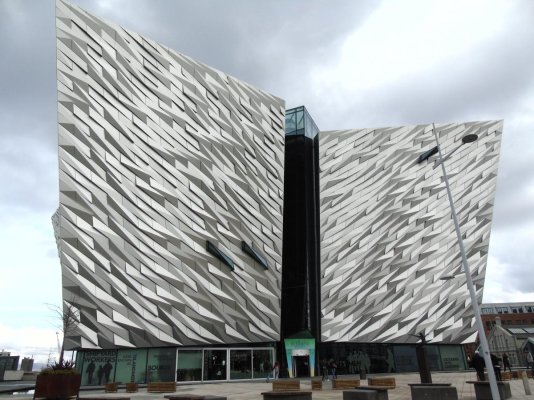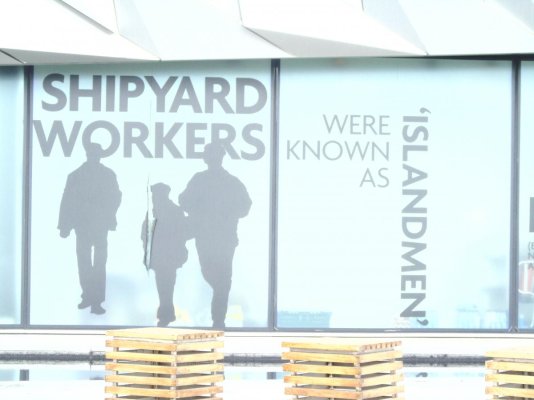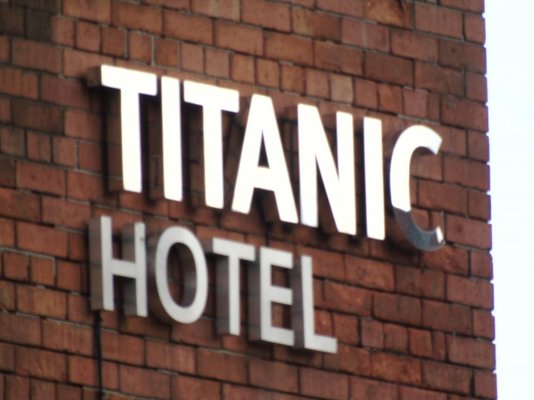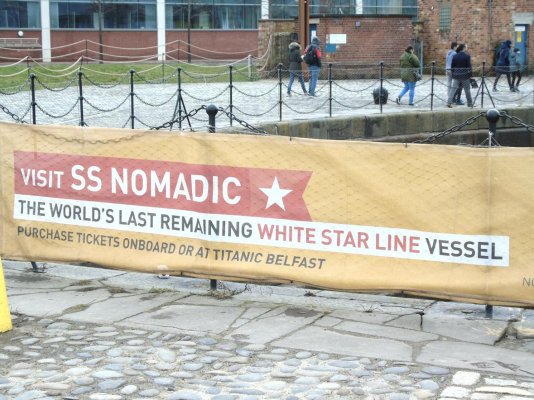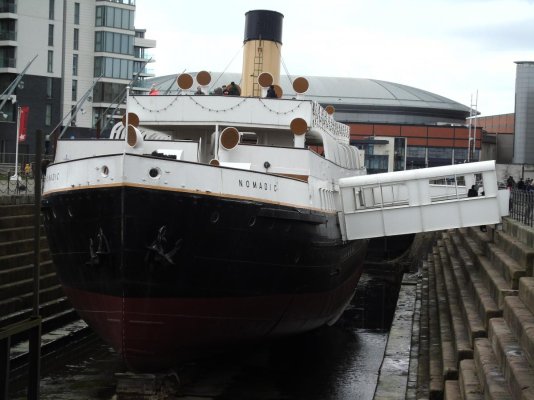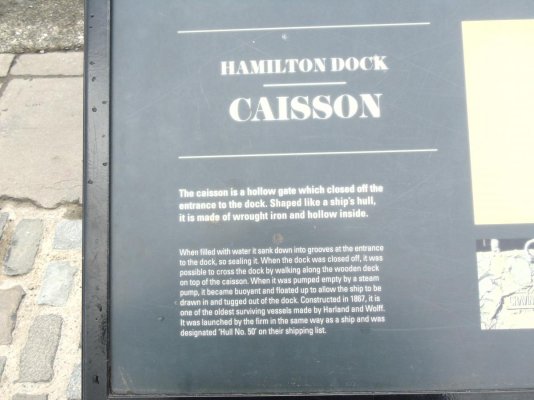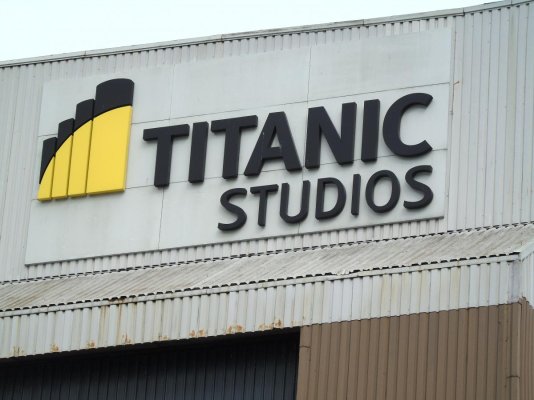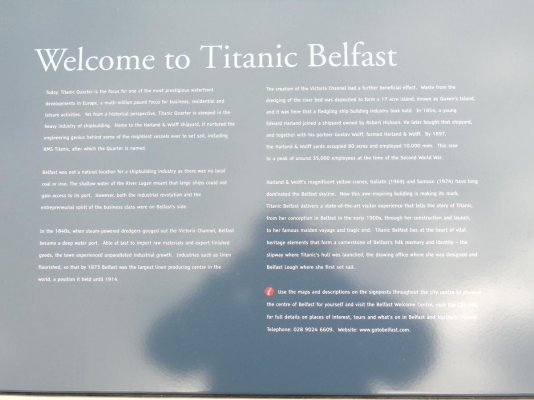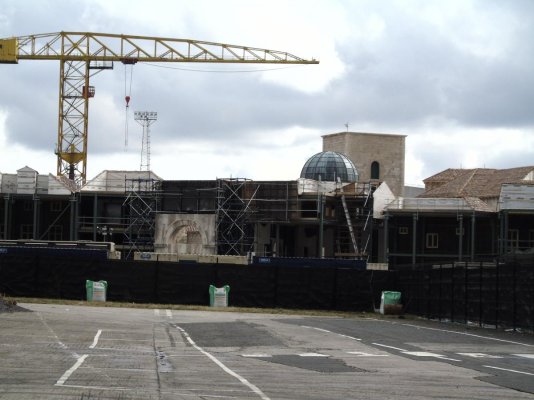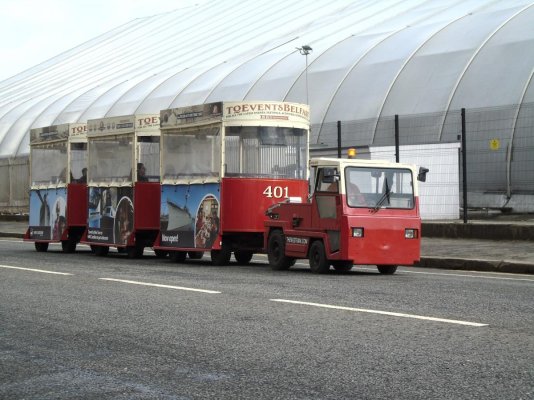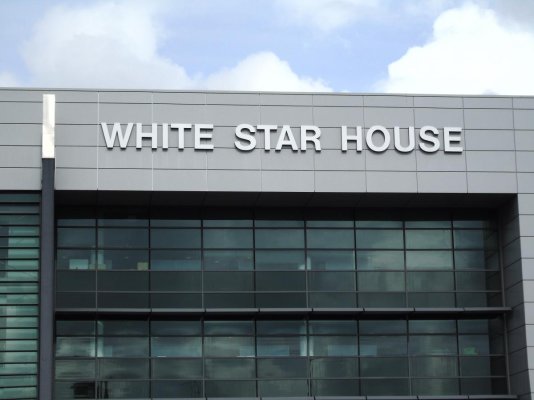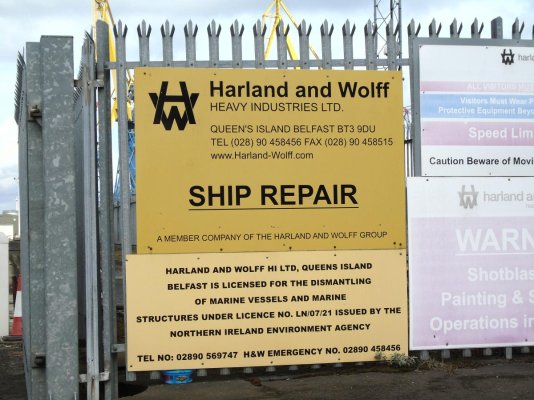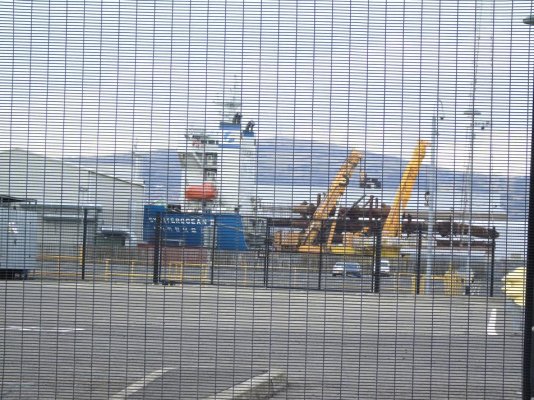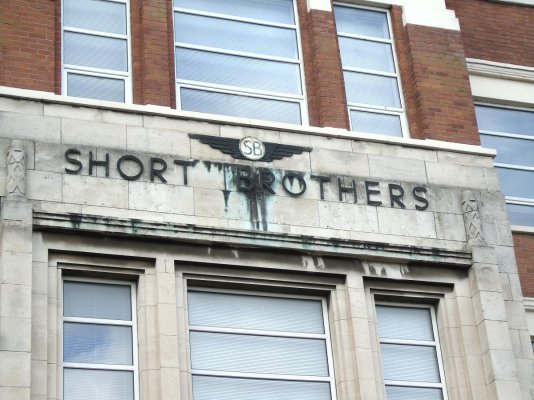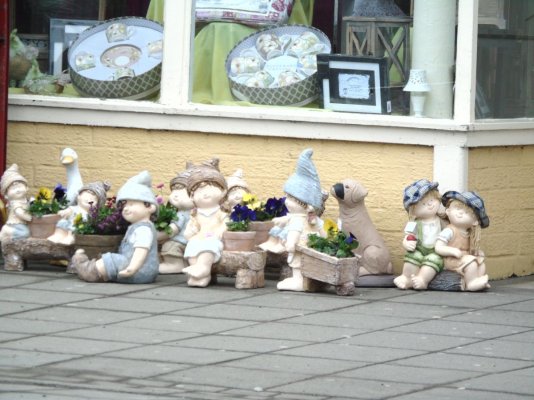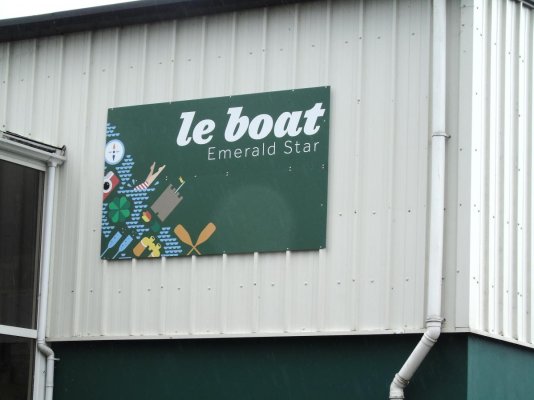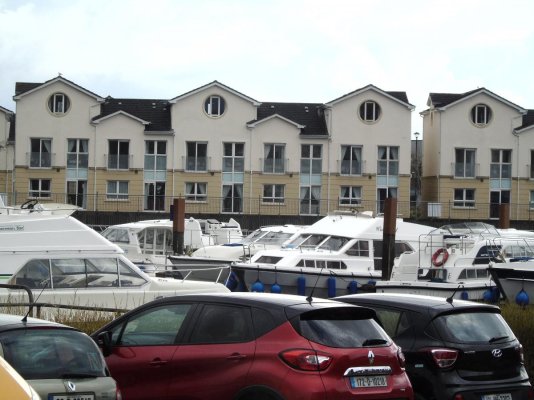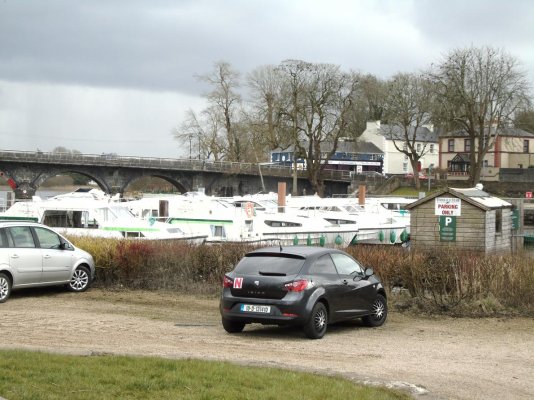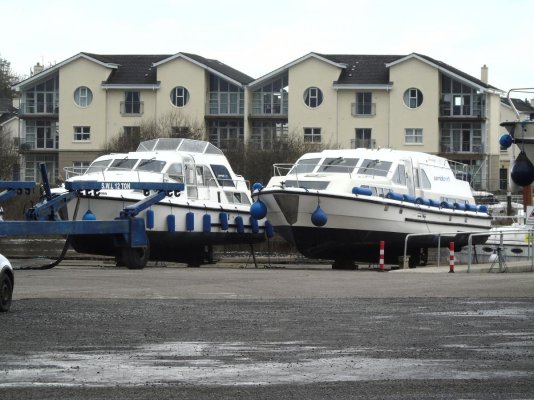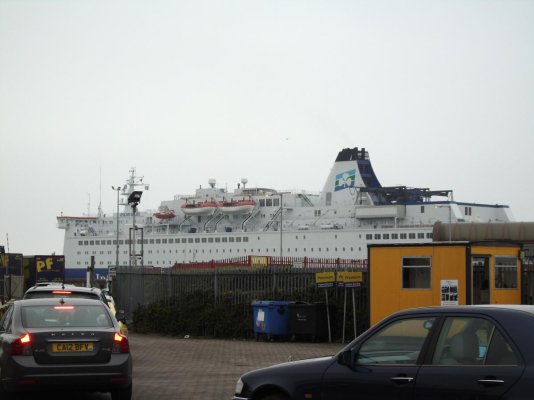Some facts about the concentration camps.
We've covered Auschwitz, some 1.1 million perished there.
Treblinka.
North of Warsaw was specifically design as an extermination camp. 180,000 perished there as a result of Hitler's Aktion T4 orders.
Belzec.
Opened in 1942 to Germanize this part of Germany's colonial expansion into Poland.
Over 100,000 perished here, mostly non Jewish Poles and Gypsy's.
Majdanek.
Originally built to house 25,000 POW's in anticipation of Germany's invasion of Russia, by March the following year it held 250,000 so it was turned into an extermination camp. 365,000 perished there, including thousands of Germans unwanted by their government.
Chelmno.
Opened as part of 'Operation Reinhardt' to Germanize the area it also received Jewish prisoners from Austria, Bohemia, Germany, Hungary, Luxembourg and Moravia.
The camp was primarily an extermination camp but it was here that medical experiments were carried out on prisoners.
The Dr's here developed gas vans, prisoners were seated in converted buses and lorries whose exhaust gases were piped into the rear, when prisoners were being transported it saved time on extermination. Its estimated 340,000 died here.
These buses and vans also took part in 'Operation Barbarossa' the invasion of Russia where they were used extensively, no one is quite sure how many thousands of Russian POW's were killed.
Sobibor.
Built near Wlodwa in Poland, it was used for early experimentation of gassing as a means of extermination. Unfit, handicapped and those unable to work were gassed immediately on arrival here. The rest were worked to death. On the 14th of October the prisoners revolted, 50 escaped, the rest were contained and then put to death.
Some 250,000 died here.
Dachau.
Built near Munich in Germany the first prisoners were dissenters to the Nazi regime, Germans of mixed descent, immigrants, homosexuals and Jehovah's Witnesses.
Dachau administered over 100 sub camps. 243,000 perished here.
Mathausen-Gusen.
Built in upper Austria this was one of the toughest camps for 'Incorrigible enemies of the German Reich', also used to exterminate the intelligentsia through hard labour.
320,000 perished here.
Bergen-Belsen.
Built in lower Saxony in Germany 95,000 were housed there at any time. Many died from malnutrition, lack of medical facilities and disease. Despite the ovens working 24 hours a day when the allies liberated the camp 13,000 corpses were found around the camp.
More than 50,000 perished here.
Buchenwald, (Beech forest).
Built in Weimar, Germany this was one of the first camps to be liberated by the allies.
This camp was built to house communists, homosexuals, Freemasons, common criminals, Jehovah's Witnesses, Jewish, Polish, Soviet and Slav prisoners.
Prisoners here worked on arms production for the German forces. Medical experimentations were also carried out.
33,462 died here.
Many of the Nazi hierarchy escaped justice by running to South America.
Many others had false papers and took up civilian life after the war, Ironically those papers were forged along with millions of dollars, German marks and English pounds by Jewish forgers who were prisoners of war.
It's recently been reported (13-3-2018) that the man known as 'The accountant' of Auschwitz camp, Oscar Groening died aged 96.
He was not directly involved in the killing, his sole task was to oversee the collection and valuation of valuables from the prisoners and forward it to Germany.
In 2016 former SS Sergeant Reinhold Hanning was convicted and sentenced on 170,000 counts of murder while serving as a guard at Auschwitz.

